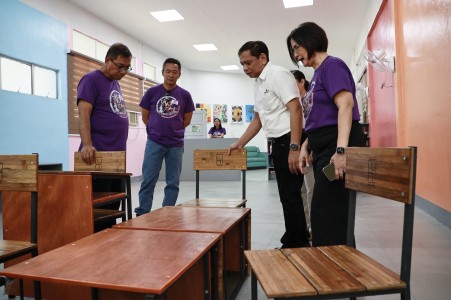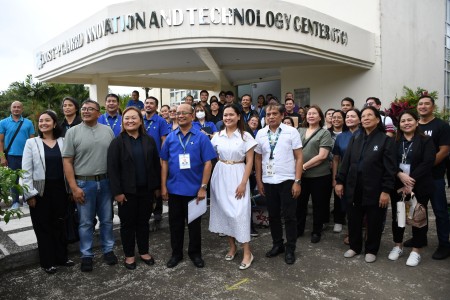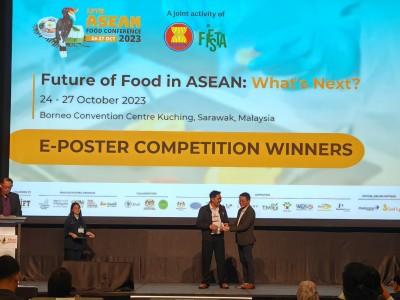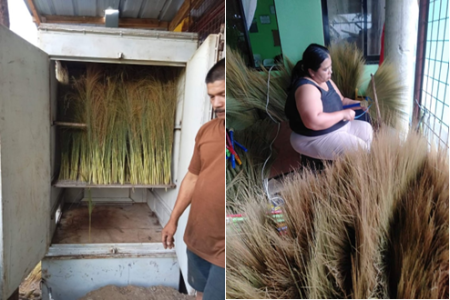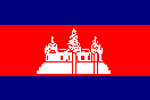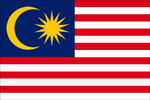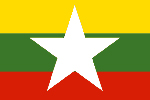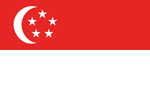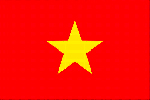Harvesting and Processing of Rattan in Indonesia Indonesia | 25/05/2023
Harvesting and Processing of Rattan
by: Jasni and Krisdianto
Forestry Engineering and Forest Product Processing Research Center (FEFPProc) ,Bogor, Indonesia
Rattan in Indonesia has been harvested traditionally since hundred of years ago from natural forest. The method is descended from one generation to another without any modern cultivation method. In rural areas, many rattan species have been used for centuries for numerous purposes such as for almost any other purposes requiring strength and elasticity combined with lightness. Moreover, houses, fences, bridges and even boats are bound together with rattan, often without the use of a single nail.
Rattan with large diameter is the most to be extracted, while rattan with small diameter usually cultivated. Unfortunately, it is very difficult to control rattan harvesting. Even in controlled and well-policed areas, high qualities of rattan still continue to be taken illegally. Furthermore, various strategies have been taken by government to develop rattan in Indonesia between 1968 and 1993. The most strategic policy was the banning of raw rattan export in 1979 which was aimed to stimulate semi-finished rattan based industry.
Rattan Processing
1. Washing.
Washing entails the removal of stil intact inner epidermis of the leaf sheath adhering to the cane and the silcified epidermis of the cane as well as dirt encrusted on the stem. The removal of the remaining part of the leaf sheath is a tedious and slow process. There are several methods of cleaning rattan applied in Indonesia. What was observed was the use of a metal ring through which the canes are passed. While it is claimed that a person can wash 200 to 250 pieces a day, observation indcates that it would be physically difficult to attain this. This would mean washing a sega piece.
2. Drying.
The primary aim of drying rattan is to reduce its moisture content to less than 20% to prevent the attack of stain fungi and wood boring insects especially during storage. Staining can occur within 24 hours after cutting. It is important to wash te rattan soonest and subject them to drying before staining occurs.
The rattan is dried on platforms raised about 50 cm from the ground. The platform is made of wooden poles or with bamboo stingers or entirely of lumber. The usual material used is iron wood or ulin wood (5 cm x 8 cm) which is sid to last for over 20 years. One such platform can contain as much as 2 tons. Drying the rattan can take from 7-10 years when sunny and can extend to 15 days or more when cloudy. When it rain the materials are converted with plastics. The drying stock is turned 2-3 times a day to improve uniformity of drying by allowing the materials at the middle and bottom better exposure. In some instances village processors contract the labor for sulfurizing and drying. A person can work on an average of 2mt per day. On this basis the estimated cost of drying 1kg of rattan at the farm level is Rp 11 in Sampit, Central Kalimantan while in Southeast Sulawesi it is Rp 6.13
3. Sorting
Sorting which is done after drying is done to segregate the rattan according to diameter classes and quality. In practice, however, rattan is sold as a lot of mixed grades. Grade classification indicates that on the average, 20% falls under the first class, 55% under the second class and 25% under the third class. Sorting also includes the culling out of defective cannes such as those infested with stain as well as those with cuts and bruises. Immature portions of the cane re also removed. An estimated percentage weight loss of 3% occurs in sorting.
4. Bundling
Rattan is bundled in weights of 50 kg or 100 kg with the latter s the more predominant practice. Bundling sometimes include the trimming of the ends immediately before trying up the materials. The estimated rate of bundling is about 500 kg per person pr day making the cost of this operation in Sampit to be Rp.6.0/kg and Rp.3.5/kg in Southeast Sulawesi.
The rattan is also straightened for easier processing in the succeeding steps of production. In some instances the rattan is placed over a charcoal stove to heat it a little before is straightened while in other factories it is done without pre-heating. It is estimated that one person on the average would be able to straighten the equivalent of 300 kg per day. Thus, the labor cot I Rp.10/kg in Sampit and Rp.5.83/kg in Southeast Sulawesi. Practically no weight loss is incurred in this process.
Orders for peels (skins) and cores (wickers) are usually made for particular lengths. It is, therefore, necessary to cut the rattan to these lengths. This step likewise allows the culling out of defective portions of the cane where there are cuts and bruises and other defects. The material cut are also shorted out according to length and diameter. The labor cost of this step based on a production of 350 kg per day is Rp.8.58/kg in Sampit and Rp.5/kg in Southeast Sulawesi. In this step, it is estimated that about 10 percent of the original weight is lost.
Production of skin is done by passing the rattan through a peeling machine that peels off the skin leaving a central portion called core which becomes the raw material for the production of wickers and other side cores. For the smaller diameter rattan the material is peeled on 4 sides leaving a square core. The larger ones allow the peeling off of 5.6 oer sometimes 8 peels. If narrow skin is required the resulting core assumes a multi-pointed-stanshape . Usually 3 persons man one peeling machine. The labor cost here is Rp.18/kg and Rp.10.5 respective for Sampit and Southeast Sulawesi. The waste generated is about 9 percent of the original weight.
*********************


